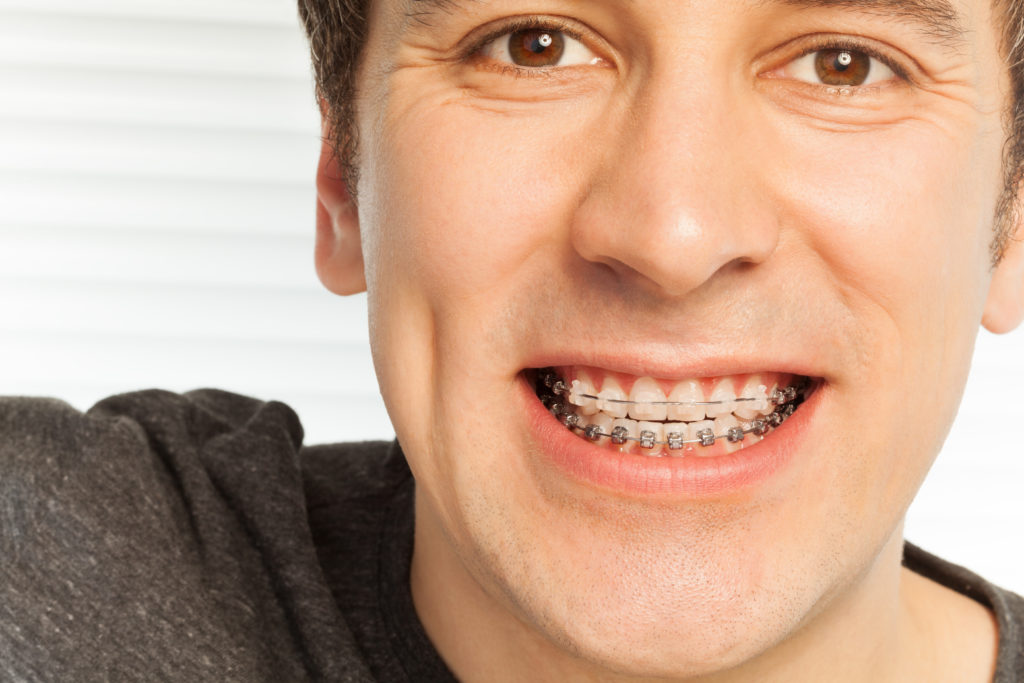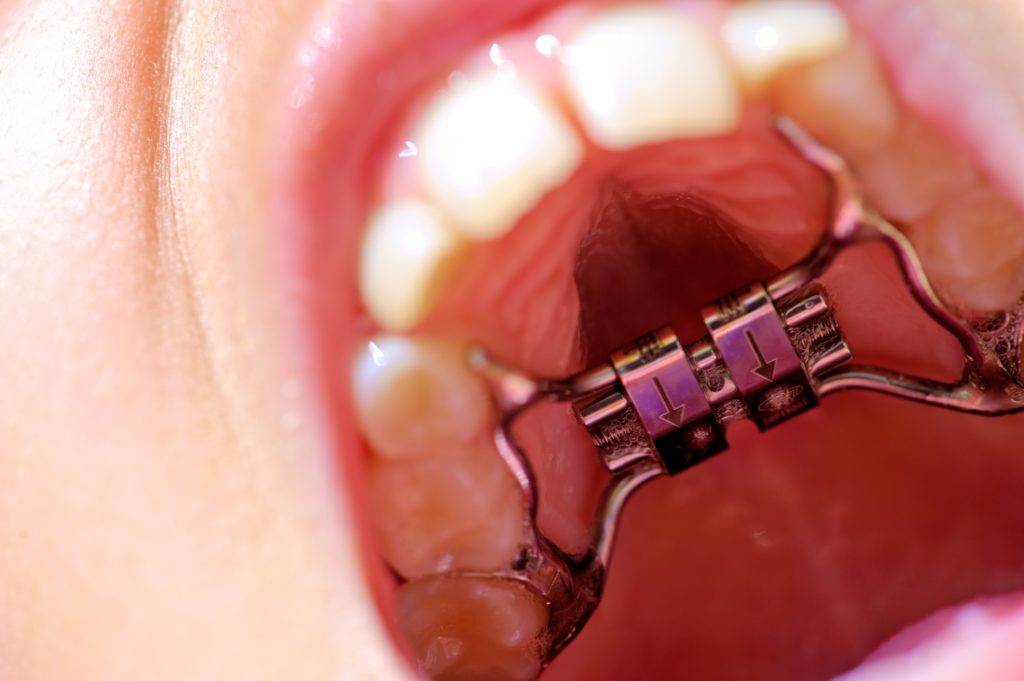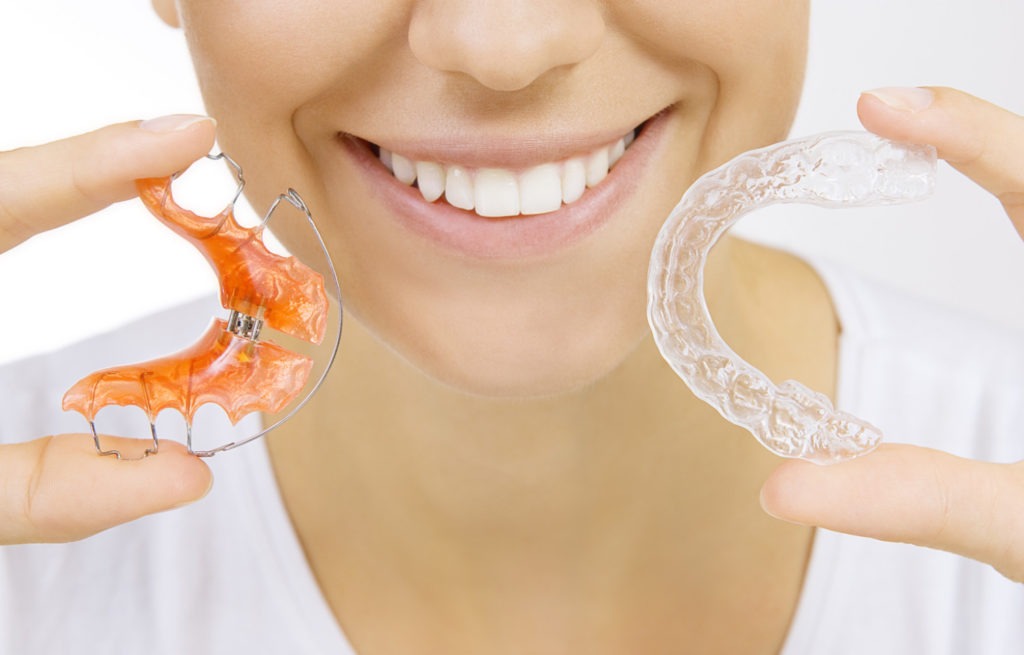What Is TMD?
May 22, 2018

When you choose Dudley Smiles for your orthodontic needs, we know it is a big decision, and one you do not make lightly. Orthodontics should never be cookie cutter treatment! We are dedicated to providing only the best experience for every patient we treat, and that begins by designing a customized treatment plan for you based on the specifics of your case and what you hope to achieve. After performing a thorough oral examination, Dr. Si will decide if you will require a special appliance in order to create the perfect smile. Although this is not something everyone will need, and every recommendation we make is based on your individual situation, these separate appliances can often speed up treatment times and improve overall results when used alone or in conjunction with braces. Let us take a closer look at some of these common appliances and how Dr. Si uses them to produce beautifully aligned smiles in Issaquah, Kent, and the surrounding areas!
Herbst Appliance
The Herbst appliance (we also sometimes call it a “Miniscope”) is often used in patients with an underdeveloped lower jaw. It helps bring the lower jaw in a more forward position. It is often used in conjunction with existing braces, but can be used alone or with limited braces. A Herbst appliance can also reduce the need for external apparatus like headgear, and potentially prevent future orthognathic surgery.
Powerscope Appliance
A Powerscope appliance is often used in conjunction with existing braces and uses a continuous, gentle force to treat more serious Class II malocclusions. It provides much-needed pressure and guidance while still allowing for a full range of motion. A Powerscope appliance can also reduce the need for external apparatus like headgear, or the extraction of any permanent teeth.

Palatal Expander
Orthodontists will often use a palatal expander to ease crowding and make more room for the top and bottom teeth to fit together properly as the first step to a straighter smile. The expanders work to widen the upper jaw by putting gentle pressure on the upper molars each time an adjustment is made. Specific instructions will be given to each patient on when and how to adjust the expander. Once the desired expansion is achieved, the appliance will usually be worn for another several months to solidify the widening and prevent any regression.
Retainers
Once patients have completed the active treatment period of moving the teeth, they enter the “retention period,” which is a critical component to maintaining the long-term stability of a newly straightened smile. Retainers are custom-designed to hold a patient’s teeth in their new and improved positions until the bone, gums, and muscles can fully adapt. Retainers must be worn as directed by Dr. Si, or the teeth may drift back to their original positions over time. There are three types of retainers: removable, fixed, and Essix retainers, which look quite a bit like our Invisalign aligners. Dr. Si will determine what type of retainer is needed for each individual patient, as well as the length of time they will need to wear the retainer. In some cases, permanent retention may be necessary.
Rubber bands (elastics)
These are the tiny elastic bands used with braces, and they are the primary mechanism we use to move the teeth so that they fit together correctly. Attached by using hooks that are part of the brackets or bands, elastics can be worn in a variety of configurations. You might not think it, but these simple rubber bands are actually one of the most important components of braces. While the brackets give us a way to hold on to teeth, it is the rubber bands and wires that do the heavy work of moving them into the desired positions.
The rubber band phase of treatment is often the longest. We have talked before about how important it is for patients to follow all of our instructions during treatment, and in most cases, this will include wearing rubber bands consistently. To make this part more fun, we offer elastics in many cool colors that give patients the chance to showcase their personality! For patients who prefer something more subtle, we also have clear or tooth-colored bands to better blend in with their natural smile.
Separators
Separators look a little bit like tiny rubber doughnuts and are used in between the teeth to push them apart. This tends to be a very temporary part of treatment, and any separators used will be removed before bands are placed at a subsequent appointment. Separators are attracted to sticky foods, toothpicks, and floss, and will pop out with these materials, so patients should avoid these types of things while they have separators in.

TAD
TADs, or Temporary Anchorage Devices, are miniature titanium anchors that are positioned in the mouth as a way to achieve faster tooth movement with efficiency, comfort, and predictability. A TAD can eliminate the need for more intense appliances like headgear, and give orthodontists like Dr. Si the opportunity to treat certain cases better and faster than ever before. While Dr. Si will determine the duration of the TAD implant treatment for each patient, most cases will only be required for a short time, usually a period of a few months or so.
Creating beautiful, functional smiles that last a lifetime
The human mouth can be very complex, and it requires a great deal of skill and expertise to treat it successfully for the best orthodontic outcome. Dr. Si and the rest of the Dudley Smiles team have years of experience in providing compassionate care with beautiful, lasting results. For more information on orthodontic appliances and treatment, and how these can benefit your oral health, get in touch with us today to schedule your free consultation!